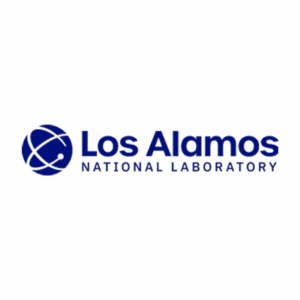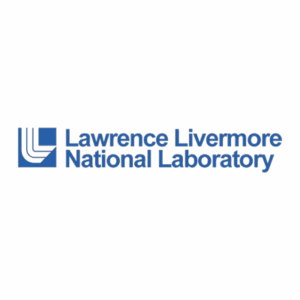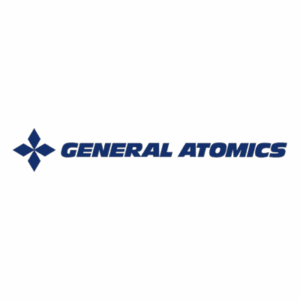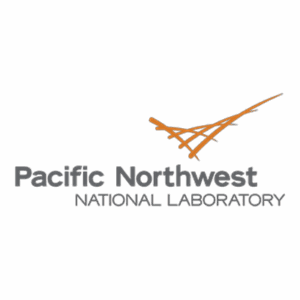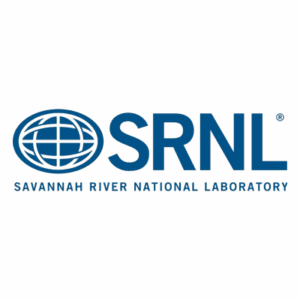The HERCULES Program is Helion’s external funding initiative designed to accelerate long-term technical breakthroughs critical to scaling fusion energy. The program supports research labs and universities in developing materials and technologies that will enable the transition from Helion’s first fusion power plants to global fusion deployment. With over $17M in funding available through 2028, HERCULES will back projects in up to three phases:
Phase 1: $10,000 - $100,000 | 6-8 months
Phase 2: $100,000 - $500,000 | 12-24 months
Phase 3: $1,000,000 - $2,000,000 | University Center of Excellence
Proposals are accepted on a rolling basis, with priority given to submissions received by January 5, 2026.
Interested applicants should apply using the link below. Scroll for proposal requirements and sample projects of interest to Helion.
